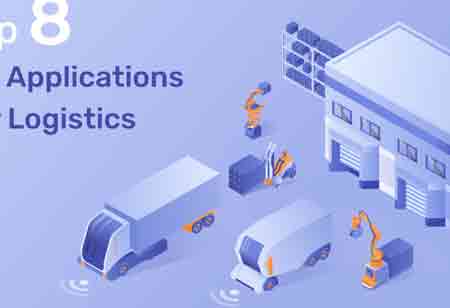THANK YOU FOR SUBSCRIBING
Key IoT Applications for Logistics
Companies may use a number of methods to monitor inventory in a straightforward manner. Although conventional barcodes are useful for simple inventory, smart labels and RFID tags provide much more automation and analytics capabilities.

By
Apac CIOOutlook | Tuesday, June 08, 2021
Stay ahead of the industry with exclusive feature stories on the top companies, expert insights and the latest news delivered straight to your inbox. Subscribe today.
Companies may use a number of methods to monitor inventory in a straightforward manner. Although conventional barcodes are useful for simple inventory, smart labels and RFID tags provide much more automation and analytics capabilities.
FREMONT, CA: Logistics and logistics are two big industries that are embracing IoT on a large scale. As the bar for speed and precision in logistics operations rises, technology enables businesses to provide excellent service while reducing costs. Most notably, IoT applications for logistics address a wide range of use cases along a traditional supply chain, from warehousing to fleet management and cargo tracking, making them a true driving force in the industry's digital transformation. The top applications shown below illustrate how to apply IoT technology for the end-to-end supply chain management strategically.
Inventory Tracking and Analytics
Companies may use a number of methods to monitor inventory in a straightforward manner. Although conventional barcodes are useful for simple inventory, smart labels and RFID tags provide much more automation and analytics capabilities. These IoT-powered methods employ microchips that can store all of the required product information and be modified in real-time to provide full insight into inventory movements. They also increase accuracy and reduce error-prone manual operations by scanning inbound and outbound objects automatically.
Improved Warehousing
Remote storage condition tracking is extremely beneficial to warehouse management. Companies can easily set up rules for maintaining stable temperature and humidity levels inside a facility, as well as ensure perimeter protection, detect fire, and so on, by using IoT-powered sensors. One can also use fleet management software to track the operation levels of your warehouse machinery and maximize their workloads. IoT-powered warehousing operations can be easily observed and organized, down to the level of individual physical assets and storage objects, when combined with the previous application (inventory tracking).





